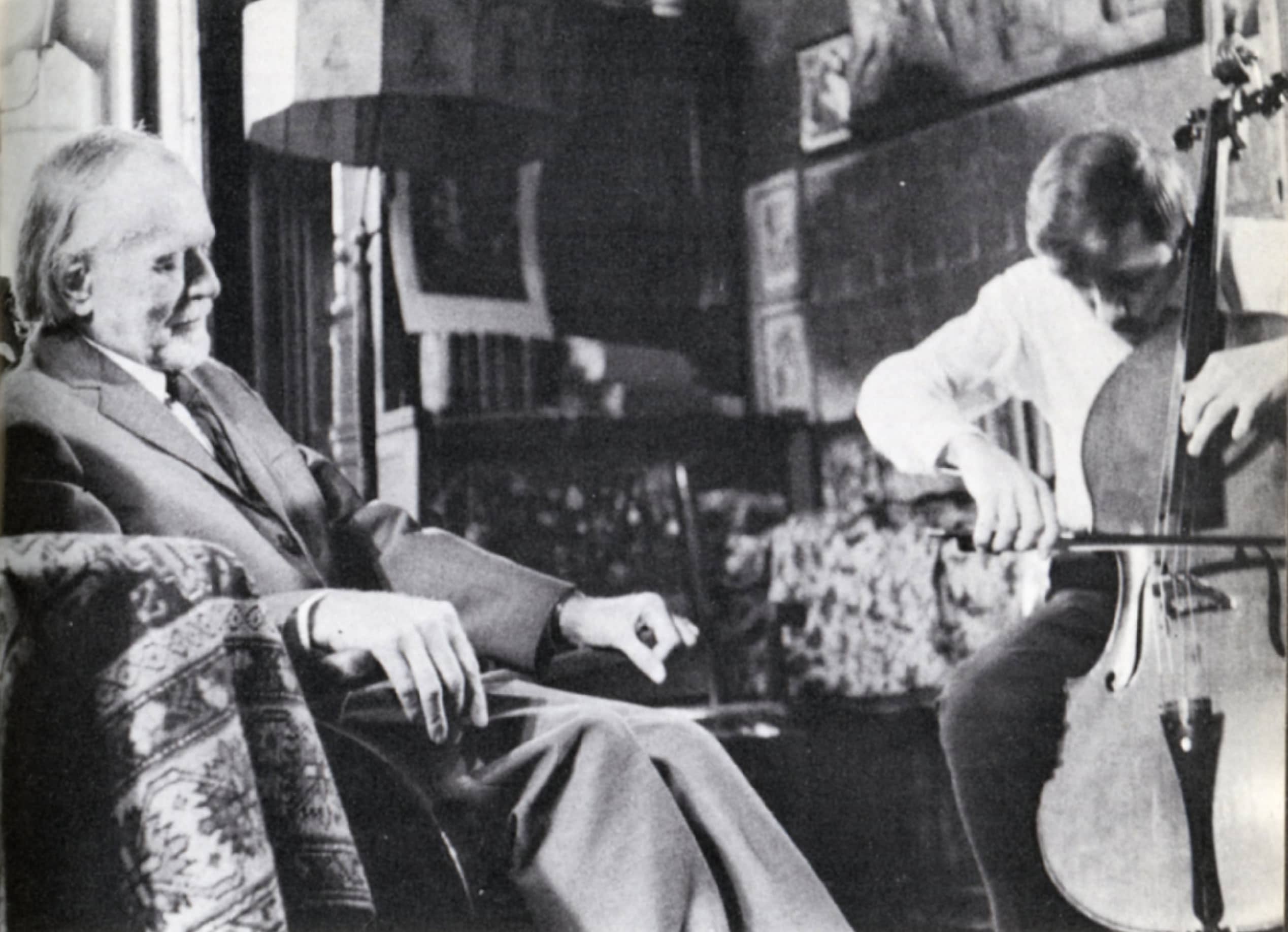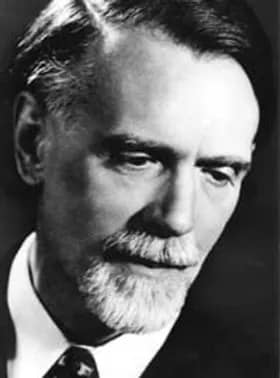Piano Lessons
The Main Line Conservatory of Music is the perfect environment for serious and gifted young pianists, ages 6 through 18, as well as adult pianists. The school provides the best possible education to develop each student’s love of music and pianistic skill, whether as a life-long joy or as a profession.
Students must make a commitment to more than just regular attendance. Daily practice, weekly assignments, and a positive attitude play an important role in the success of those enrolled at the Main Line Conservatory of Music.
View School Year CalendarKodály Musicianship Classes
The young pianists who attend weekly musicianship classes learn musical skills that form a solid platform from which they blossom into the artistic and expressive playing for which students of the Main Line Conservatory of Music are so well known.
This musicianship training directly impacts the student's piano lessons, because they learn to solve musical problems early in their study of their pieces. Students work on ear-training, sight-singing, sight-reading, harmonic analysis, rhythm, coordination, style, musical form and structure. To achieve the highest progress, we strongly recommend this program for every student; it is mandatory for those who wish to enter festivals or competitions.
The Kodály Method
Zoltán Kodály, one of the most significant composers of the 20th century, as well as a musicologist and music educator, developed a new, coherent, comprehensive music educational system in Hungary known as the Kodály Method.
This new music educational philosophy involves the best principles of many traditional methods, which combined with his original ideas provide a masterful combination of music theory and practice in full unity. The Kodály Method brings about rewarding changes in both student and teacher. The student becomes increasingly involved in all aspects of good music making, in addition to the traditional pleasure of learning how to operate an instrument, and the teacher becomes more oriented towards preventing mistakes, rather than to the traditional task of correcting them. Kodály’s Method was adopted in every school in Hungary 60 years ago, with the result that an entire nation became musically literate. The outstanding results achieved in musical education in Hungary have justly attracted the attention of the whole musical world.
The Kodály Method was not intended to replace instrumental or vocal training, rather it precedes it and complements it. The aim of the Kodály Method is to develop high musicianship, which results in better musicians. Kodály defined the four characteristics which make a good musician:
- Developed inner hearing
- Developed mind
- Developed emotional sensitivity
- Developed technique.
All four elements must be trained simultaneously in good balance. This new educational approach was not designed only for the few exceptionally talented students, but for the life-long enrichment of the average child.
The Kodály Concept has far reaching implications in psychology, logic, reasoning, aesthetics, creativity, etc. Students develop their musical thinking, and inner hearing through direct experience with the elements of music. Through the relative Solmization System they develop a sense of relative pitch; through special rhythm training, they resolve not only rhythmical problems, but muscular coordination problems as well. Through the knowledge of basic music theory, they learn to understand the music they play; they learn to memorize through the mind instead of through mechanical drilling of the fingers.
The Kodály Method sharpens the student’s mental discipline, and develops a high level of imagination. As a result of this training the student can learn to hear the printed notes in their imagination, without the help of an instrument, and also will be able to write down music to which they listen.
As Kodály said, “a good musician should hear what he sees, and he should see (in terms of notes) what he hears.” In other words, through the Kodály Method, a student develops the ability to read music as if they were reading in their mother tongue. Good reading ability is the first step in becoming an excellent sight-reader, who can play any piece of music the first time they see it. This is inevitable for those who choose music as a career, and fascinating fun for those who learn music for pure enjoyment.
About Zoltán Kodály (1882 - 1967)
Zoltán Kodály was a prominent Hungarian composer and musician who directed a significant portion of his creative endeavors to the musical education of the Hungarian nation, an interest which developed over many years. Such efforts were initiated with the folk song collection beginning in 1905. As he became aware of the great need to improve the quality of singing and music training of teachers and children alike, he began composing for children’s choruses in the 1920’s and required his composition students to do the same. Folk music provided inspiration as well as the musical basis for many of the compositions. By 1929 he was determined to reform the teaching of music and to make it an integral part of the education of every child.
In a lecture on children’s choirs in 1929, he said,“Teach music and singing at school in such a way that it is not a torture, but a joy for the pupil; instill a thirst for finer music in him, a thirst which will last for a lifetime. If the child is not filled at least once by the life giving stream of music during the most susceptible period -between his sixth and sixteenth years - it will hardly be of any use to him later on. Often a single experience will open the young soul to music for a whole lifetime. This experience cannot be left to chance, it is the duty of the school to provide it.” (Selected Writings, p. 120)
Kodály believed that music is meant to develop one’s entire being - personality, intellect and emotions. He said, “music is a spiritual food for everybody. So I studied how to make more people accessible to good music.” Kodály realized this was part of everyone’s basic heritage and was necessary for human development, and should be started at as early an age as possible. Jenö Ádám, an early and prominent colleague of Kodály, stated, “The most important thing is to actualize the instinctive love of the child for singing and playing, to realize the changing of his moods through the songs, his feelings, his experiences – in other words, to bring about the miracle of music”.




